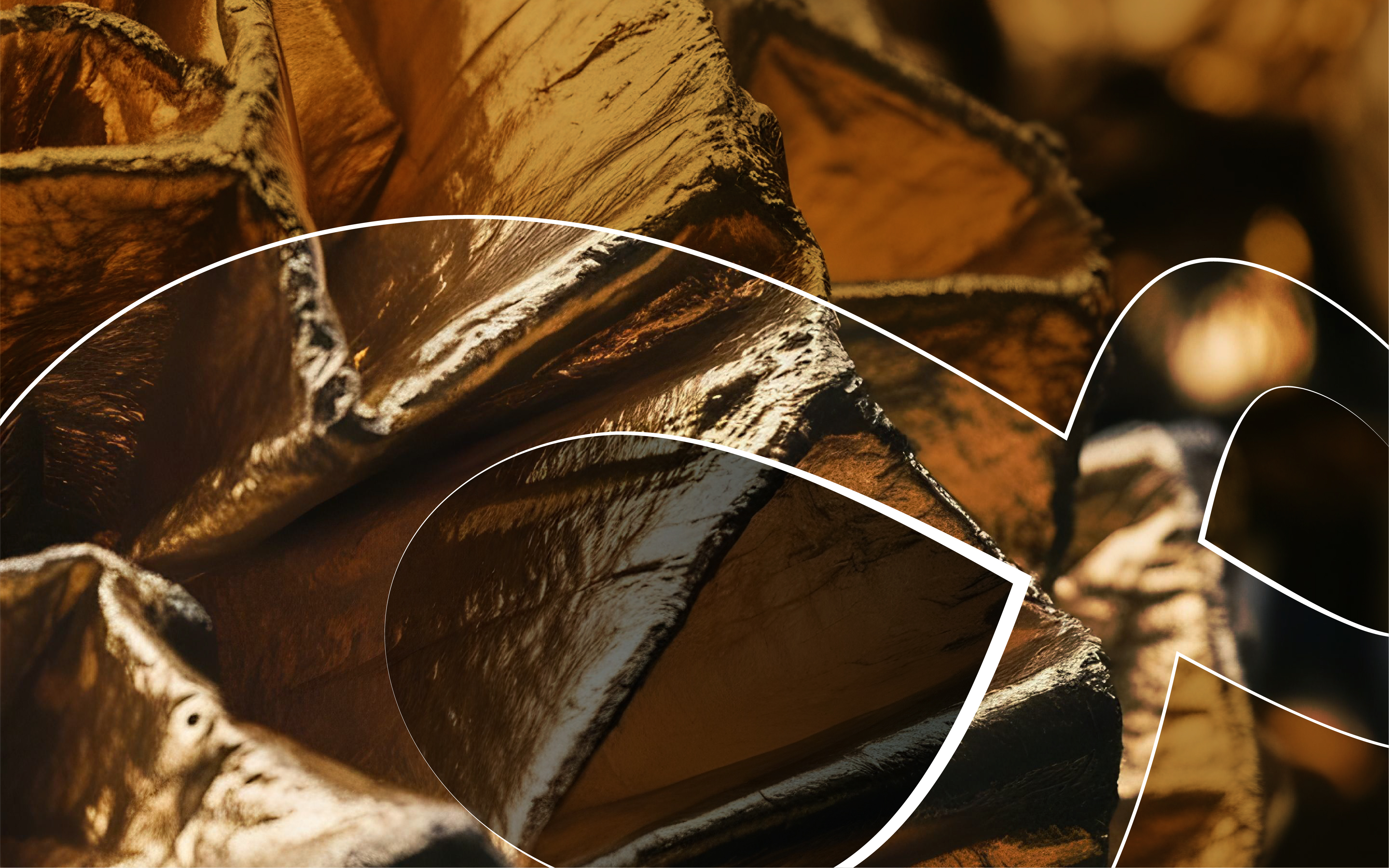BLOOH Solution develops ruthenium-stabilized, ultra-thin gold coatings that resist corrosion, oxidation and thermal stress while preserving high electrical conductivity. Compared to electroplating, our magnetron-sputtered layers achieve uniform thickness on complex microstructures and remain chemically inert and biocompatible in saline and oxidative environments.
Production & Process Advantages
- • Magnetron PVD + Ru pre-treatment + nanoscale smoothing for adhesion, coverage & durability
- • Uniform nanolayers on complex geometries; minimizes micropores & performance loss
- • Chemically inert, biocompatible surfaces that maintain conductivity under saline/oxidative stress
Validated In-House Tests
- • Thermal cycling: −80 °C to +700 °C
- • Salt spray exposure: >1,000 hours (ASTM B117)
- • Long-term mechanical stress & scratch resistance
- • Current load testing under varying AC/DC conditions
Core Technologies
- • Ruthenium-stabilized interlayers to prevent delamination
- • Precision layer tuning for high-frequency contacts
- • Nanoporosity control for optimized insulation & conductivity
- • Biostable surfaces for long-term clinical applications
Technical Specification Portfolio
MODEL AU-COAT 50X — aerospace aluminum/titanium structures
- • Gold purity: 99.99% (5N)
- • Adhesion strength: >30 MPa (with Ru interlayer)
- • Surface roughness: <2 nm RMS
- • Max. operating temperature: 600 °C
- • Layer thickness: 50–100 nm
- • Application method: Magnetron PVD
- • Electrical conductivity: >41 MS/m
- • Benefit: enhances fatigue resistance; reduces microcrack formation
MODEL AU-SHIELD MARINE — offshore & underwater electronics
- • Gold content: 98.5% + alloyed passivators
- • Salt spray resistance: >1,000 h (ASTM B117)
- • Operating depth: up to 1,000 m
- • Application surfaces: copper, bronze, circuit boards
- • Coating thickness: 80–120 nm
- • Dielectric strength: >1.2 MV/m
- • Surface coverage: >95%
- • Benefit: ensures electrical reliability in underwater sensor networks & tidal power plants
Applications
- • Jet propulsion components & high-temp structures
- • Cleanroom biosensors & medical devices
- • Unmanned maritime systems & marine energy electronics
Every nanolayer is engineered for safety, durability and efficiency—delivering reliable surfaces and contacts where conventional materials fail.
